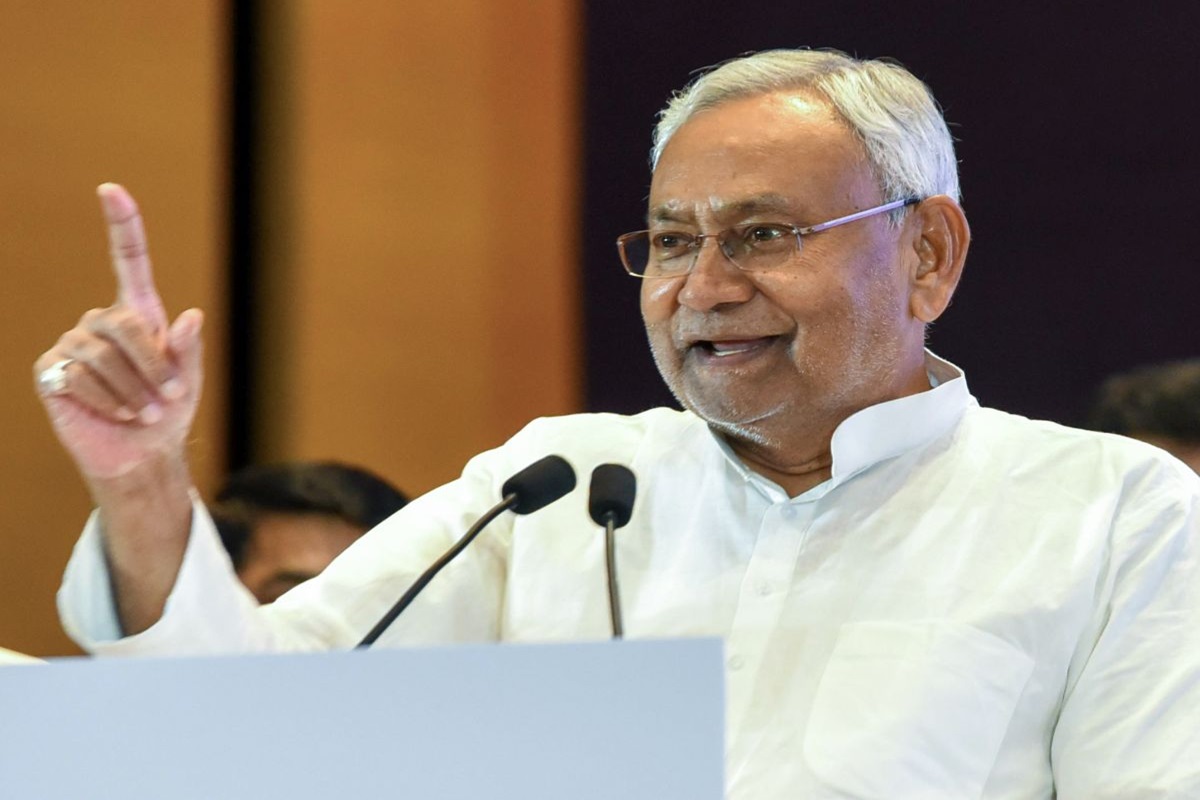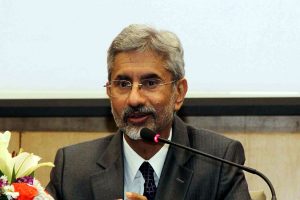In the intricate chessboard of Bihar politics, chief minister Nitish Kumar’s recent dalliance with the BJP has set off a seismic shift, prompting a re-evaluation of power dynamics and emerging leaders. Once the reigning leader, he now finds himself in a precarious position, donning a crown of thorns as Rashtriya Janata Dal (RJD) leader Tejashwi Yadav rises as a formidable alternative.
The chief minister’s strategic move, characterised as opportunistic and met with widespread opprobrium, has seemingly tilted the scales against him. However, the real undercurrent of change lies in the broader political landscape of Bihar. Mr Yadav, seen as more dynamic, has managed to position himself as the icon of the youth, embodying hope through his commitment to job creation. In the 2020 Assembly elections, the RJD’s high-voltage campaign, centred on the promise of jobs, propelled his party to the top position, leaving the BJP in a close second and Mr Nitish Kumar’s Janata Dal (United) trailing as a distant third.
Advertisement
This shift marked a significant downturn for the JD (U) which had fared better in 2015 when aligned with the RJD. Mr Yadav’s ability to deliver on job promises as the deputy chief minister, recruiting around four lakh youths, has granted him valuable political capital and elevated him as a youth-centric leader. The BJP, coupled with Mr Kumar’s seemingly opportunistic manoeuvres, struggles to counter Mr Yadav’s appeal. Despite the Modi regime’s promises on job creation, results appear elusive in Bihar. The JD (U)’s own record on this score is not sterling either, leaving a void that the RJD has adeptly filled. As the spectre of the upcoming Lok Sabha and state Assembly polls looms, the issue of job creation is poised to be a critical factor, potentially reshaping Bihar’s political landscape. Mr Kumar’s motivations for the crossover, driven by the fear of diminishing political relevance and aspirations of a national role, have left him vulnerable. The JD (U)’s departure from the opposition alliance can be traced back to apprehensions raised by key alliance members like Mamata Banerjee and Arvind Kejriwal, who opposed his ambitions for the Prime Ministership. Amidst this political chess game, Bihar, historically devoid of a BJP chief minister, faces the prospect of a changing narrative.
Mr Yadav, backed by the solid social base of the RJD and alliances with Congress and Left parties, remains a potent force. The shifting support dynamics, particularly the erosion of minority support for JD (U), underscore the challenges the Chief Minister faces in retaining his voter base. As Mr Kumar grapples with the consequences of his political somersault, the looming uncertainty of defections within his JD (U) and potential shifts among other political factions add complexity to his predicament. The crown of thorns Mr Kumar now wears may symbolise more than just political adversity. It could signify a turning point in Bihar’s political history, with Mr Yadav emerging as the torchbearer for a new era.











